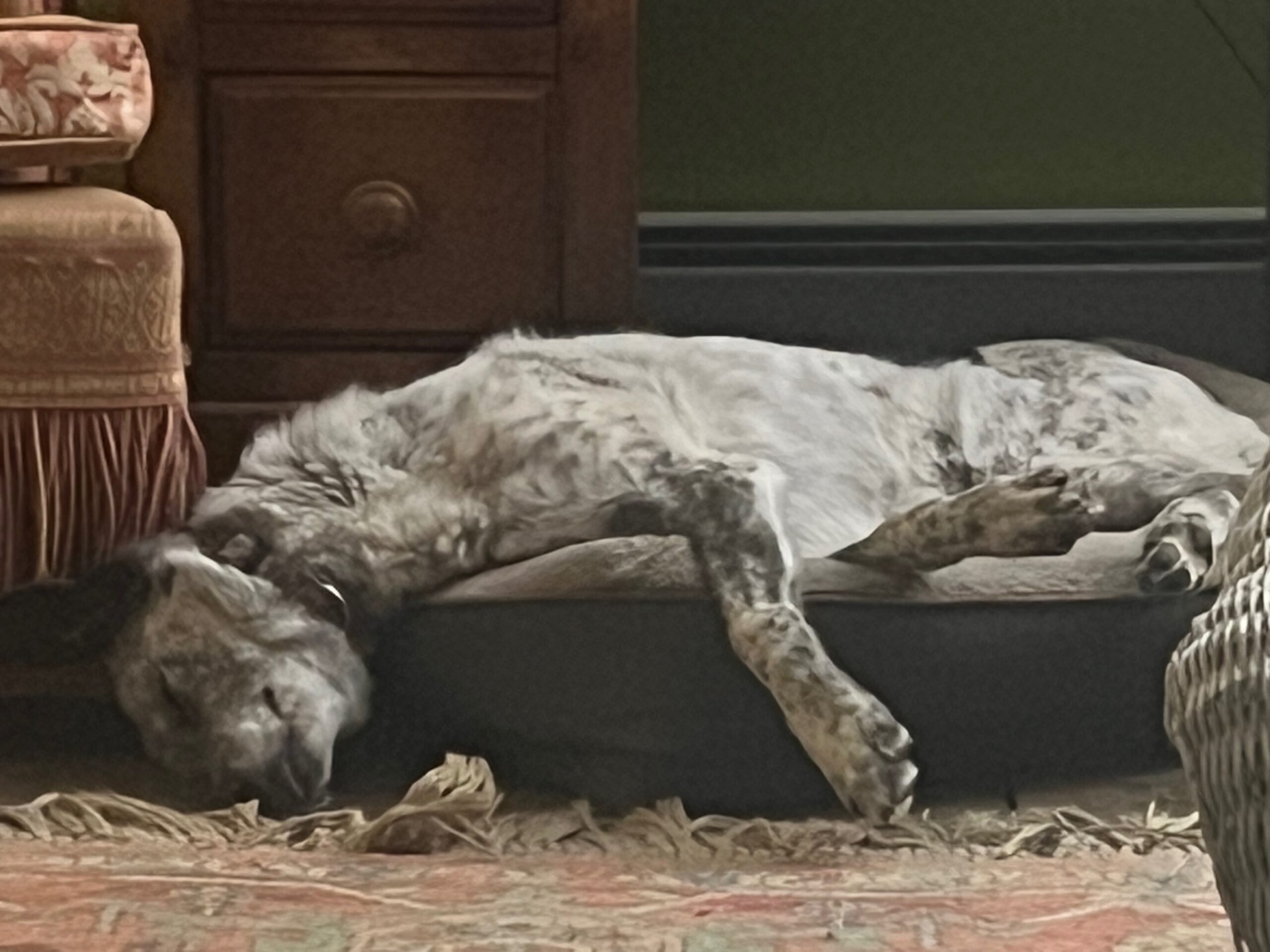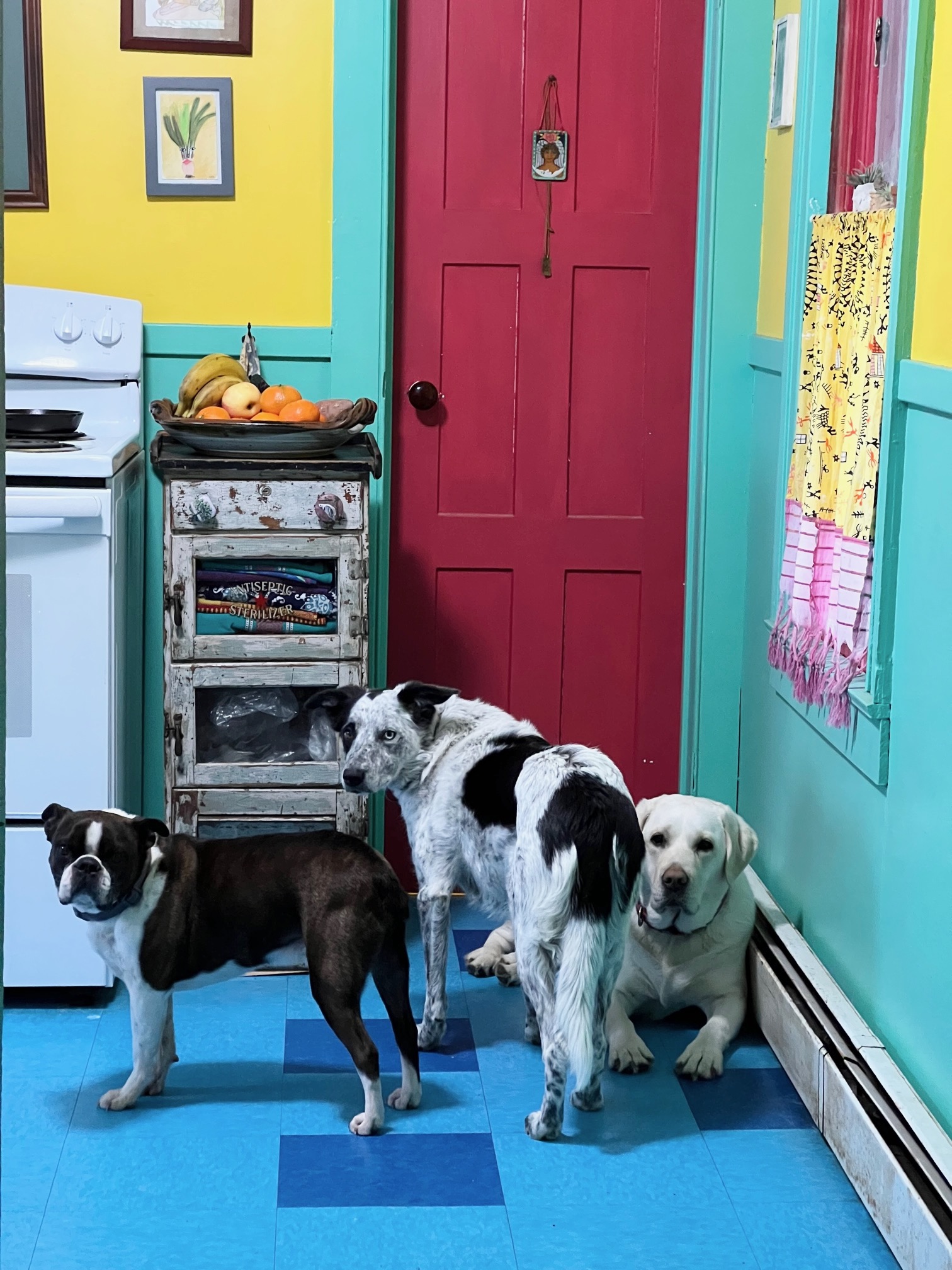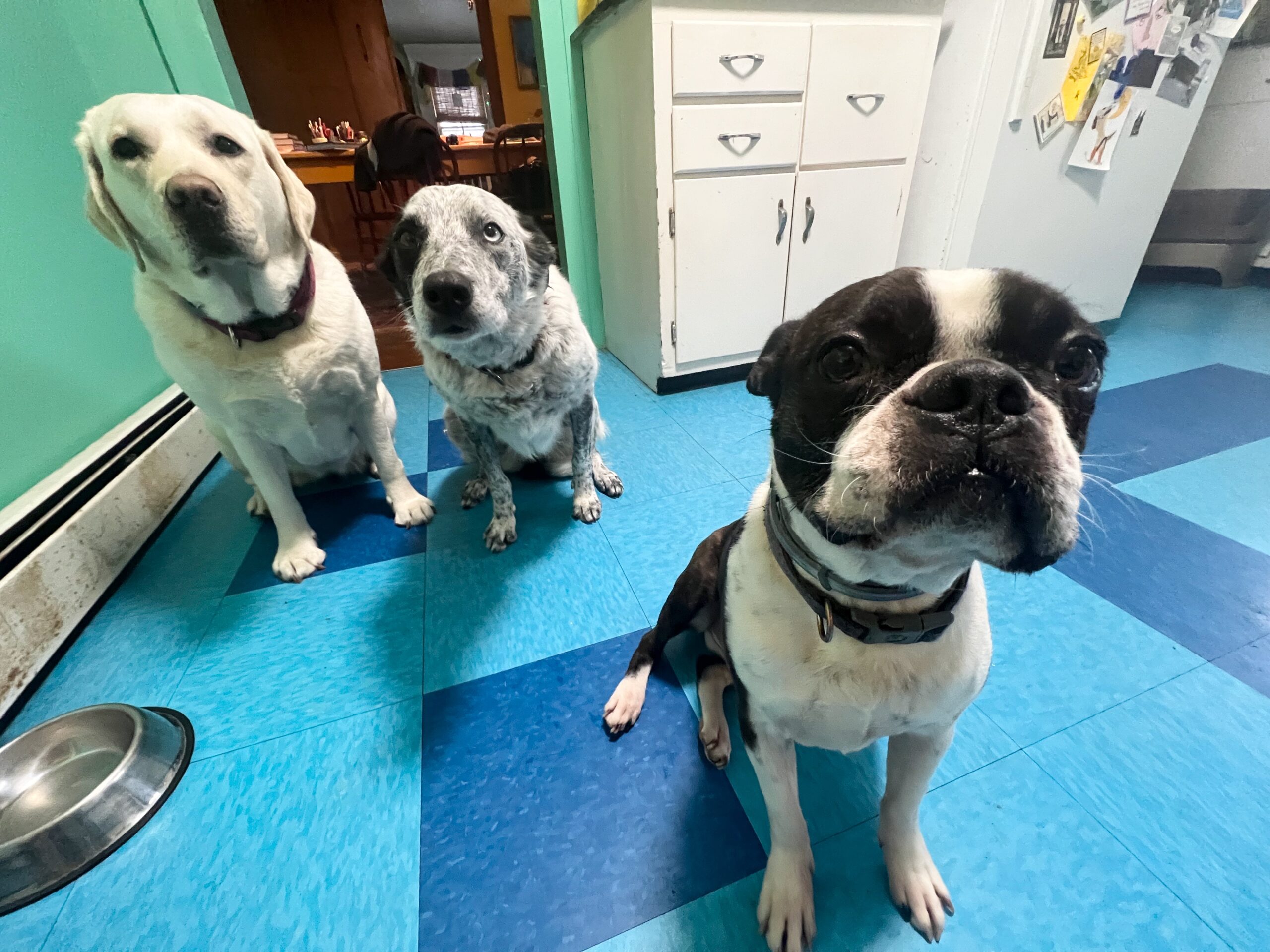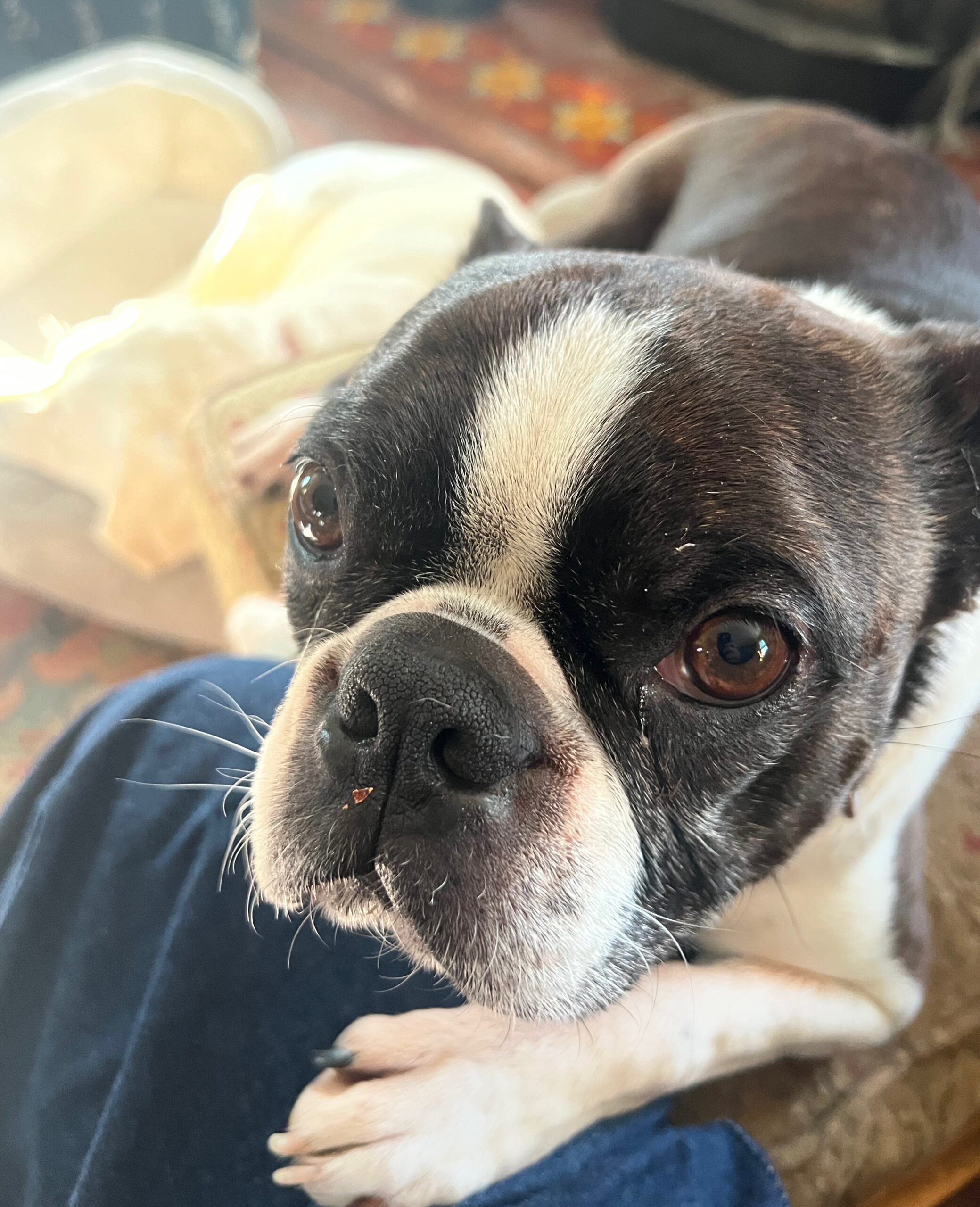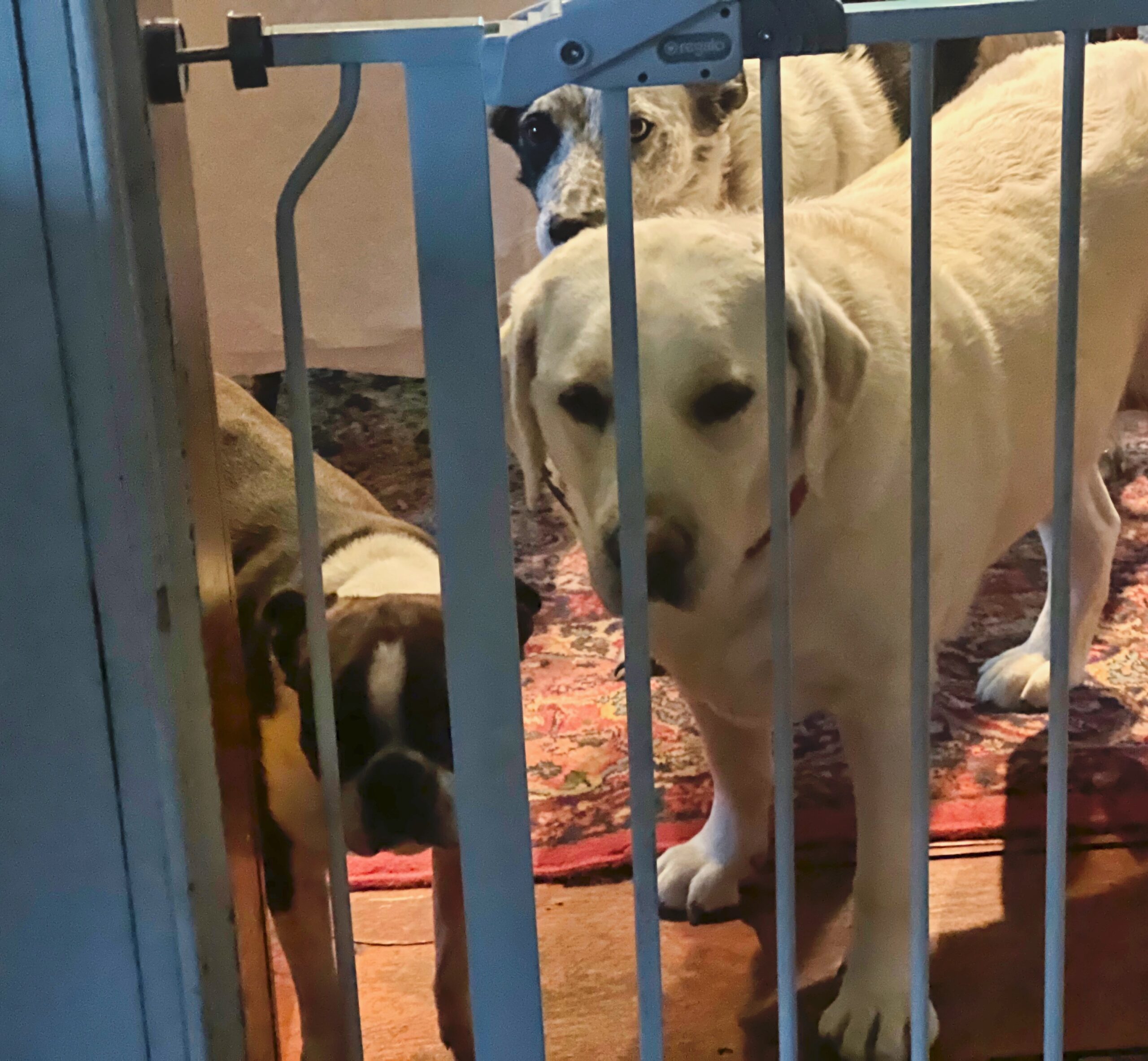I suspended the Dog Support program on the blog today. I don’t expect it to return.
During the pandemic, more than 23 million dogs were adopted across the country, and many millions of them are being returned to shelters because people didn’t want to do the work or didn’t have time to do the work of acclimating a dog to a household.
Some just went back to work.
I thought I might be of help, and I also thought this could provide a revenue stream for myself, a way to get paid for the dog advice people always asked me for and that I often gave for free.
Some people asked for help for many reasons, and I had a great time trying to help. It felt good and meaningful.
It was a great use of my experience. I thought it would also be a good revenue stream. I was right about the first, not about the second.
It didn’t work for several reasons. First, my writing on the blog is often about dogs. There was a steady stream of people wanting help, but no rush. It was hard to fit those Zoom meetings into my schedule, which is often crazy.
The blog has mushroomed into other subjects – spirituality, rural life, aging, community, and my new interest in finding good people doing good things and writing about them. I want the blog to people about other people, not just me, and about images, not just words.
The flower-sharing and garden pictures took off ten times more than Dog Support. I want to do more work like that. That’s where my heart is now—that and a blog supporting positive thinking and civility in a combative and often cruel world.
My work with the Army of Good has also ballooned; I spend a lot of time raising money and helping the residents of the Mansion and the students in Sue Silverstein’s art program at Bishop Gibbons.
I am busier than ever, write more than ever, take more photos than ever, and am older than ever. I didn’t have the time to devote myself to the Dog Support idea in the way it needed or deserved.
At the outset, I was hired by a score of wonderful people, and we did some neat things with their dogs. If they are telling me the truth, and I think they are, we did a lot of good. I enjoyed it.
I was never comfortable charging the rates professional dog experts and trainers charged, so it wasn’t much of a revenue stream; I was earning less than it cost to re-design the blog to make room for the graphics.
I’ll be honest; writing about dogs is a vital part of my life and always will be, but other subjects are part of the blog architecture now. They need my attention.
Several topics and issues have emerged to make the blog something much different than it was when I started it in 2007. I want to keep expanding my range (within reason) while keeping a close on dog and animal subjects. I left publishing partly because my publishers would only permit me to write about dogs. I love writing about dogs, but I love writing about other things too.
I cherish the freedom my blog has given me and the audience I never imagined I would have. At my age, I’m entitled to write what I want.
The blog fits a particular niche now; I want it to be a safe and uplifting place for people who wish to do good rather than argue about it.
Somehow, the dog thing didn’t fit in the way I had intended; it felt out of sync; I’m not entirely sure why..
And that is a good thing for me, as I really don’t have the time or energy to do it regularly.
I am grateful to the good people who believed in my judgment and experience and graced me with their trust and love of dogs. That was a pleasure for me and a gift – thank you.
The people who paid me get free lifetime counseling from me, as promised. I’m here for you anytime.
That’s a good deal for $65 bucks a half-hour.
I want to know how these stories end up.
The blog is a living organism to me, it grows and learns and changes to fit my life and the times.
It’s in a good place now, it has the right mix, and I want to be careful to keep it that way.

